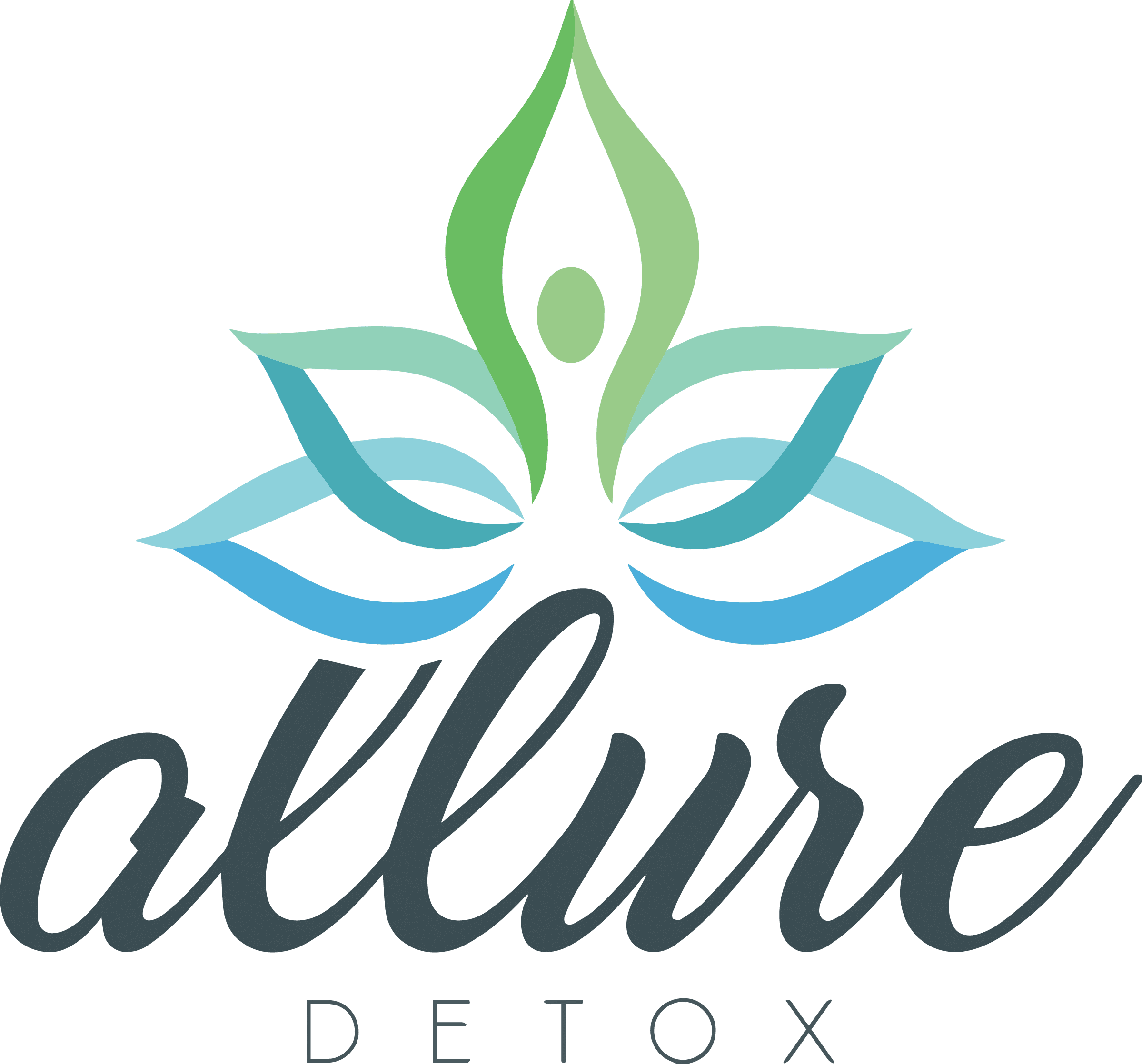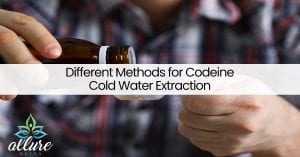

Recognized for excellence in substance abuse and behavioral health treatment by the Joint Commission

Dangers of Codeine Cold Water Extraction
Cold water extraction of codeine increases the potency of the drug by removing all acetaminophen in the tablets, leaving pure codeine to abuse and get high on.
Drug Detox
Drug detoxification (informally, detox) is variously the intervention in a case of physical dependence to a drug; the process and experience of a withdrawal

Over the past two decades, Americans of ages, genders, social backgrounds, and demographics have been exposed to what has primarily...

Why Do People Nod Off On Opiates?
Opiates are one of the deadliest and most difficult drugs to quit, and there is rarely a recreational user. It...

Mixing Suboxone and Tramadol
Millions of people in the United States suffer from pain that, if not treated, can affect their lives, including being...
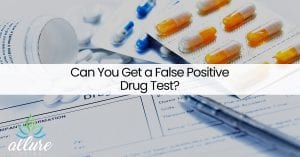
Can You Get a False Positive Drug Test?
Most individuals will have gone through a drug test at least once in their lifetime. Drug testing is often done...
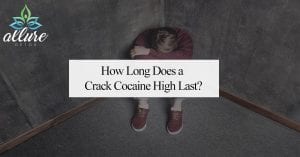
How Long Does a Crack Cocaine High Last?
Drugs come in many forms and can be administered in many different ways. They also have other effects on the...
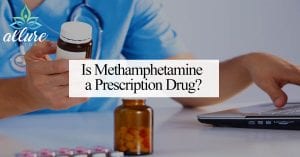
Is Methamphetamine a Prescription Drug?
When you think of methamphetamine you think of it as an illegal drug. Meth is a highly addictive drug that...
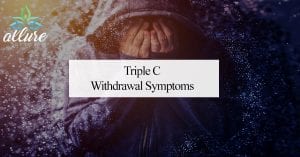
Triple C Withdrawal Symptoms
Triple C is a commonly used name for Coricidin HBP Cough & Cold, a brand of over-the-counter cough medicine that...
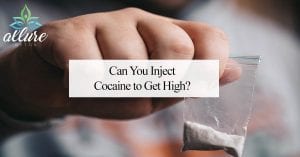
Can You Inject Cocaine to Get High?
Cocaine is an illegal and highly addictive stimulant drug, one that is naturally extracted from the leaves of the coca...
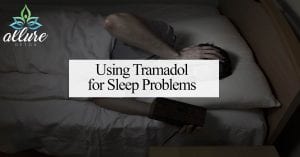
Using Tramadol for Sleep Problems
So many people in the U.S. suffer from pain and, if not treated, it can affect their lives included being...

OTC Drugs That Can Help With Benzo Detox
Benzodiazepines are a type of potent prescription tranquilizer, typically prescribed to treat anxiety or sleep disorders. Some common brand-name benzodiazepines...

Can You Get High on Opiates While on Sublocade?
Opiates are among the most addictive substances in the U.S. Many people are being prescribed painkillers, whether it be for...
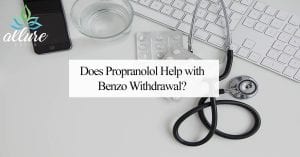
Does Propranolol Help with Benzo Withdrawal?
Propranolol is known as a beta-blocker – it is a prescription medication most commonly used to treat high blood pressure....
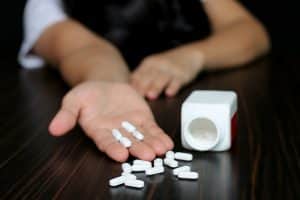
What Does Xanax Feel Like?
Prescription drugs are prescribed daily for pain, mental, emotional, or other illnesses. They are usually given a set of directions...
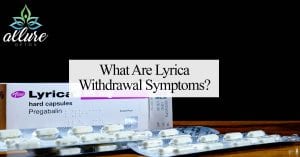
What Are Lyrica Withdrawal Symptoms?
Lyrica is an anti-seizure and anti-anxiety medication, but it treats various other symptoms and medical conditions – including chronic pain....
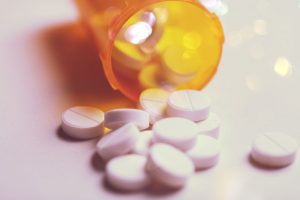
What is the Strongest Benzodiazepine?
According to the National Institute on Drug Abuse (NIH), Addiction is a chronic disease characterized by drug seeking and use...
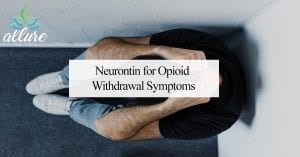
Neurontin for Opioid Withdrawal Symptoms
Some of us have experienced an injury or a surgery that may have left us in excruciating pain, which then...
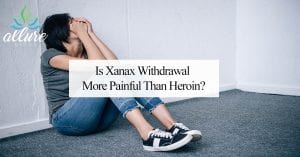
Is Xanax Withdrawal More Painful Than Heroin?
When a person who has an addiction to substances and they suddenly quit using after chronic use, they most likely...
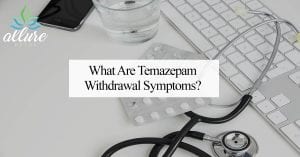
What Are Temazepam Withdrawal Symptoms?
Temazepam, brand name Restoril, is a benzodiazepine sedative-hypnotic drug. It is prescribed as a medication for treating insomnia to help...
Real Reviews from Real Clients
At Allure Detox, client safety and comfort are our top priorities. From the moment you walk through our doors, you can expect a warm welcome from every member of our team. We are committed to providing exceptional drug and alcohol detox services and creating an environment that supports long-term, successful recovery.
